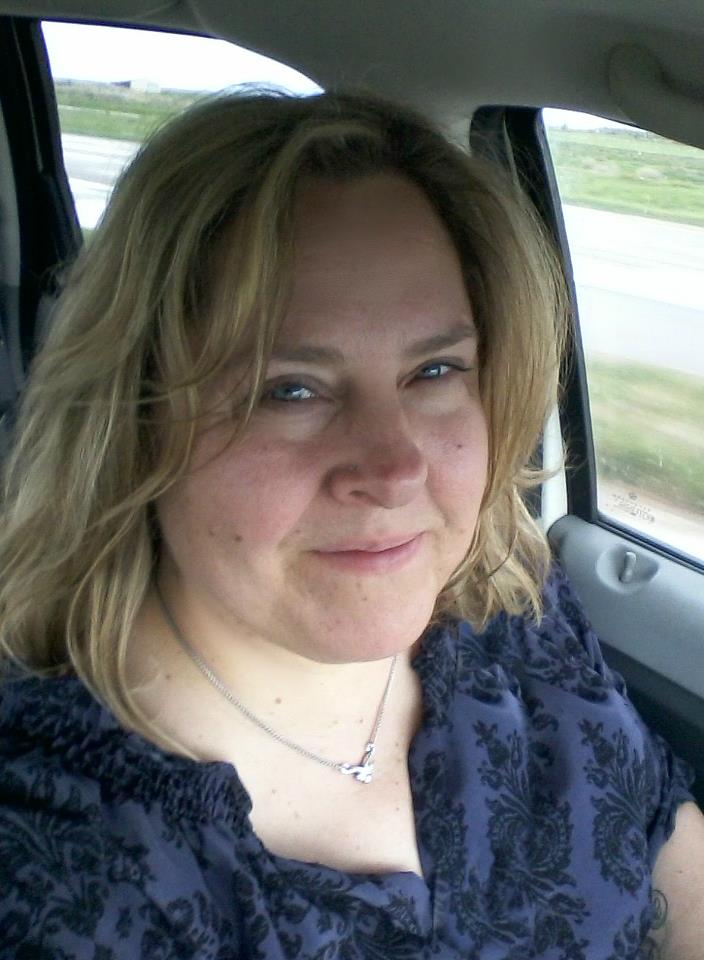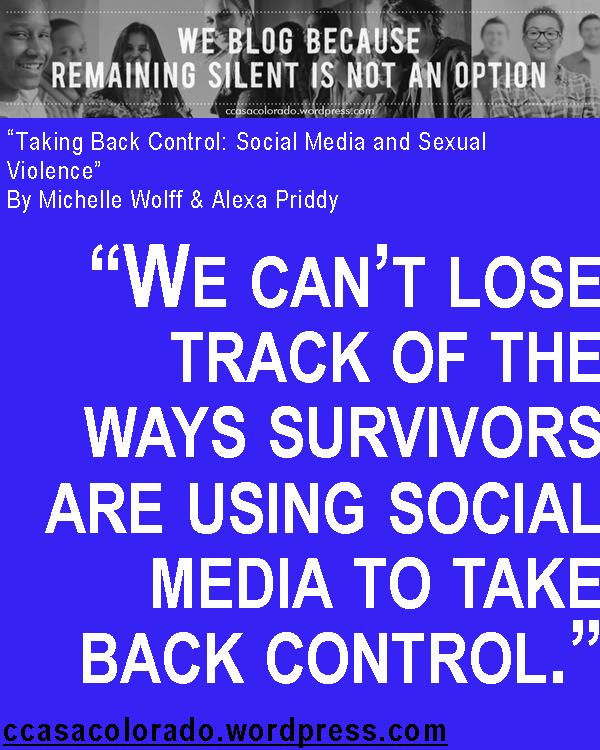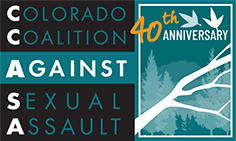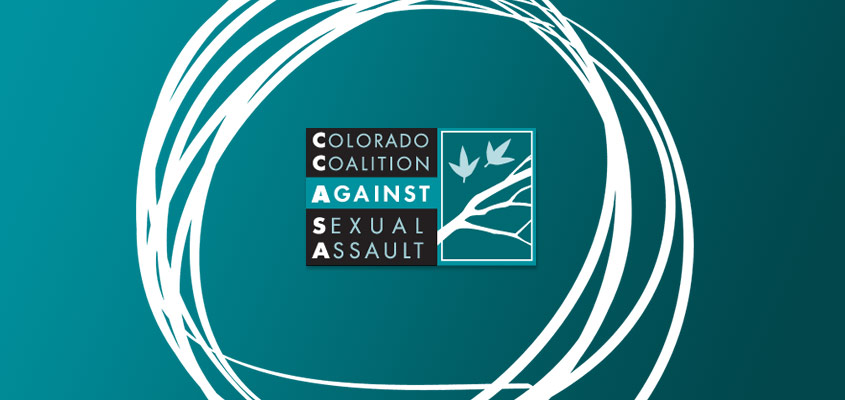By Michelle Wolff & Alexa Priddy, CCASA Bloggers
Social media is frequently turning up in the world of criminal justice. Not-so-smart criminals brag about their exploits on Facebook and get caught. Parents send Tweets and photos of their childless vacations and the children are discovered having been left to fend for themselves alone at home sometimes for weeks. And up until recently, there were Facebook pages supporting rapists’ behaviors

Blasting out explicit images of a rape using social media can be so damaging to the victim that it can be life threatening. Perpetrators can use the threat of social media exposure to ensure their victims’ silence.
Last year there was a high profile case of 17-year-old sexual assault victim Savannah Dietrich who violated a court order after revealing the names of her juvenile attackers on Twitter.
“There you go, lock me up,” Savannah tweeted. “I’m not protecting anyone that made my life a living hell.” Ultimately the contempt charges were dropped, but it did bring to light just how prevalent social media is in all areas of our lives, especially the lives of our adolescents with regard to bullying and sex crimes:
- Fox News accidentally discloses a victim’s name on air in the Steubenville case
- The family of 15 year old Audrie Potts says she committed suicide after learning about images being circulated about her assault at a party.
- Rehtaeh Parsons, a 17-year-old high school student from Halifax, Nova Scotia, was taken off life support on Sunday, three days after she tried to hang herself.
We found #2 on a list of tips for survivors and social media on The National Sexual Violence Resource Center website to be particularly startling since most teens have far more than 130 friends listed on their page:
“Friends of friends are a lot more people than one might think. If a survivor has 130 friends and each of those friends has 130 friends and each of their friends has 130 friends then 2.1 million people have access to the survivor’s Facebook page! A survivor should consider account settings that allow only confirmed friends to view personal information.”
Think about that staggering number: 2.1 million people! In today’s world a survivor of sexual assault can be further assaulted with our cultural ignorance in so many more ways than ever before.
Alexa Priddy, CCASA BloggerBut with all this, we can’t lose track of the ways survivors are using social media to take back control, provide support, share their experiences, and talk about prevention. So, we challenge you to spend the next 5 minutes exploring some of these websites and forums online…you just might be surprised what a difference social media and technology can make…for the better!
- #ididnotreport: Twitter hastag used by survivors to share their experiences with sexual assault or street harassment that they did not report. Women all over the world have been sharing personal stories. You can follow the conversation on Twitter with the hashtag #ididnotreport or go to https://twitter.com/#!/search/%23ididnotreport to read responses in real time. Although many of the posts initially came from the UK, this is gaining momentum in the U.S., as well.
- Circle of 6 app: Uses texting to contact friends and employs GPS to tell them where you are. A new version has even been developed specifically for India, taking into account cultural differences, language and in-country resources.
- Hollaback! Let’s anyone who has experienced street harassment share their stories, images and videos on an interactive map that documents where the incident took place.
- Project Unbreakable is an image-based project that photographs survivors of sexual assault holding a poster with a quote from their attacker. It has taken images of over 400 people for this “art of healing” viral project.
- loveisrespect online chat and texting service allows teens to talk about their relationship directly to a peer advocate whenever and wherever they want.
- Pandora’s Project offers peer support to anyone who has been a victim of rape, sexual assault, or sexual abuse through our online support group, Pandora’s Aquarium.
- PreventConnect has an app that allows read their blog and tweets, listen to their podcasts, and watch their videos; share your stories of prevention or intervention; put your prevention program in their national directory and take a look at the programs near you; and receive notifications on your phone when we open-up the registration for their free web conferences.
- Rape Is Never Justified is a technology-based movement built to help, both, victims and survivors of sexual abuse and rape to find their voice and speak out.
- blacksurvivors.org/ is a national online support system for African-American survivors of sexual abuse.
- Dancing in the Darkness has survivors’ stories of sexual abuse, message boards
 with chat, and resources.
with chat, and resources. - SNAP: Survivors’ Network of those abused by priests.
- RapeIs.org provides information and activism.
- Girl Who Fought Back is the blog of a college student in Chicago (originally from Colorado!) who is passionate about speaking up about women’s rights and sexual assault.
- Healing from Sexual Abuse provides articles, tools and resources for survivors.
- CCASA has also compiled lots of useful survivor support info on our website.
**And of course, CCASA doesn’t specifically endorse these sites above, so some may be useful and some may not. We are also sure that we missed so many more, so just add a comment and let us know!


1 thought on “Taking Back Control: Social Media and Sexual Violence”